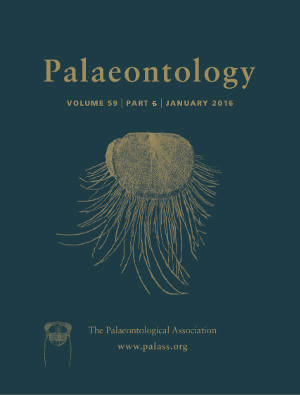Reg. Charity No. 1168330

Sauropodomorpha represents an important group of Mesozoic megaherbivores, and includes the largest terrestrial animals ever known. It was the first dinosaur group to become abundant and widespread, and its members formed a significant component of terrestrial ecosystems from the Late Triassic until the end of the Cretaceous. Both of these factors have been explained by their adoption of herbivory, but understanding the evolution of sauropodomorph feeding has been hampered by the scarcity of biomechanical studies. To address this, the jaw adductor musculature of the basal sauropodomorph Plateosaurus and the sauropod Camarasaurus have been reconstructed. These reconstructions provide boundary conditions for finite element models to assess differences in structural performance between the two taxa. Results demonstrate that Camarasaurus was capable of much greater bite forces than Plateosaurus, due to greater relative adductor muscle mass and shape changes to the mandible. The skull and mandible of Camarasaurus are also ‘stronger’ under static biting. The Plateosaurus mandible appears to compromise structural efficiency and force transmission in order to maintain relatively high jaw closure speed. This supports suggestions of facultative omnivory in basal sauropodomorph taxa. The expanded mandibular symphysis and ‘lateral plates’ of sauropods each lead to greater overall craniomandibular robustness, and may have been especially important in accommodating forces related to asymmetric loading. The functional roles of these characters, and observed general shape changes in increasing skull robustness, are consistent with hypotheses linking bulk‐herbivory with the origin of Sauropoda and the evolution of gigantism.